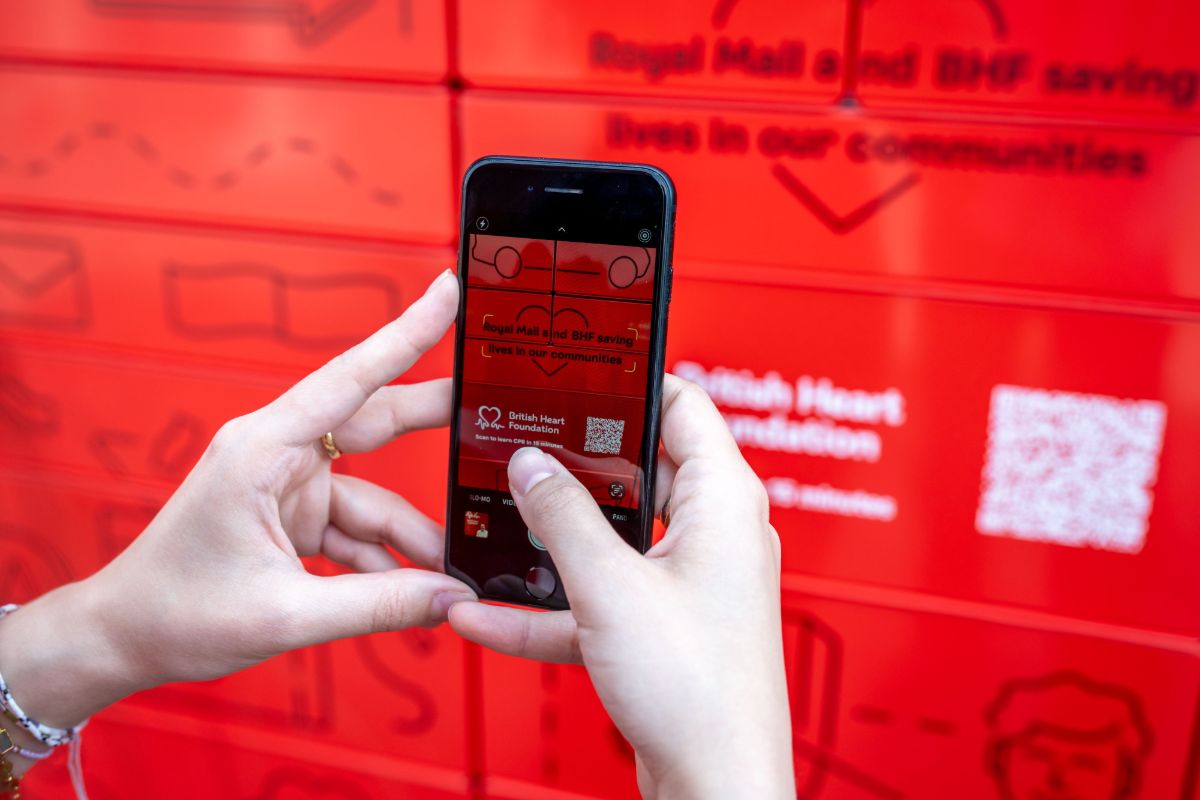Reaching out to customers is more important than ever, but there’s evidence customers are aware of issues around personal data. Jonathan Wright considers what the numbers say about how retailers are dealing with tensions here.
Brand Engagement is an aspect of Retail Craft that has become steadily more important since we first began searching retailers’ performance. The reason for this is simple: rather than waiting around for marketing and merchandising messages, today’s customers expect two-way conversations with retailers.
Those retailers that perform most strongly in the Brand Engagement Dimension are those that not only reach out to their customers, but those that respond both promptly and, with their responses, demonstrate an understanding of their customers.
To gauge performance here, RetailX researchers tracked retailers’ methods for communicating with customers – both in public and in private. Retailers also measured retailers’ performance across such areas including as:
- The number and type of communication channels: whether retailers communicate via phone, mail, web forms, live chat and social media (both public and private)
- Retailers’ popularity on social media
- Analysis of blogs and posts: including frequency, interaction and the type of blog/post (promoting discounts or sales, letting customers know about new products, seasonal products, products and areas customers may be personally interested in, events)
- The on-site tracking of customers
Sophistication in these techniques is an indicator that retailers have a clear understanding of Brand Engagement best practice. Nevertheless, as we analyse below, there are aspects of Brand Engagement where there’s evidence that ideas about what constitutes best practice are changing.
Tracking customers
Here, in particular, ideas around best practice seem to be in a state of flux. While it’s outside the scope of research, this is perhaps because consumers’ underlying worries over the personal data that companies hold has been amplified by the introduction of GDPR legislation and scares over data breaches.
To take just one example, there are striking regional differences in whether registration should be required before checkout. In Denmark and Belgium, more retailers are asking customers to register – 53% of retailers in Denmark, a +11 percentage point (pp) increase over 12 months, and 51% of retailers in Belgium, +8pp. In contrast, the equivalent figure is going down in Bulgaria (-12pp to 22%) and Hungary (-9pp to 36%). Over Europe as a whole, though, these changes are neutral, suggesting retailers are trying different approaches and balancing each other out.
Social media
Turning to social media, integration on the product page was widely regarded as best practice a couple of years back. However, there’s evidence that retailers are rethinking things here. Confirming a trend we recently noted the UK Top500 Merchandising Dimension Report, there’s been a 9pp drop (to 28%) in the number of IREU Top500 retailers integrating friends’ Likes into product pages, a facility that requires the shopper to be logged in to the social network while on the retailer’s website. We don’t know why but it’s possible this is part of a broader trend with consumers being less trusting of social media companies tracking them and retailers by extension dropping these integrations to appeal more to their customers.
There’s also the impact of maturing social commerce, with social media networks themselves successfully integrating the Buy button. This means that social networks act in key respects as marketplaces that seamlessly integrating advertising and purchasing with the content that draws users to the network in the first place
Against that, it’s worth noting that our Knowledge Partner BuiltWith records that 459 of the IREU Top500 use a Facebook software development kit on their websites that can enable both embedded sharing and login. It’s just this isn’t as visible as it was before. Also, the number of retailers offering the ability to Like or Love on a social media feed accessed via a product display page did not see such a significant a drop at -5pp to 15% of retailers.
To reiterate, the somewhat contradictory results here suggest that best practice around both data and social media is evolving rapidly.
Customer feedback (public)
There has been little change in the number of IREU Top500 retailers offering publicly visible feedback on their product display pages: 50% incorporate this compared to 49% a year ago. Nevertheless, retailers in some regions showed a more significant increase, with the figure for Finland increasing from 44% to 59%, a +15pp increase. Other countries where there was a larger increase included the Czech Republic (44%-54%, +10pp), Sweden (49%-58% +9pp) and Bulgaria (21%- 28%, +7pp)
Comparing approaches to email
Email remains a key way of engaging customers, and RetailX worked with Knowledge Partner ReturnPath to analyse the use of email by retailers when contacting consumers in France, Germany and the UK. Having analysed the data for UK, France and Germany during January, February and March 2018, Dan Stone, email strategist at ReturnPath made the following observations:
- There isn’t a ‘perfect’ day of the week to send emails, each day has very similar metrics across the board
- The fourth week of the month saw the highest number of subscribers responding. It may be that retailers’ emails are more effective close to pay day
- Short subject lines saw the best-read rates and the lowest mailbox filtering
- Short subject lines also saw the highest amount of customers retrieving them from their spam folders
- Retailers sent more emails with a low level of subject line capitalization. However, these emails had the lowest amount of reads
- If subject lines included a discount, it’s more than likely it would be for more than 50%, but they had the lowest results compared to less than 25% and up to 50%
- Discounts are mostly mentioned near the start of subject lines so they can be clearly viewed on mobile devices
- If a campaign contained a financial amount, emails were filtered more by the mailboxes compared to emails that didn’t
- There was an increase in the number of campaigns that didn’t ask a question in the subject line







